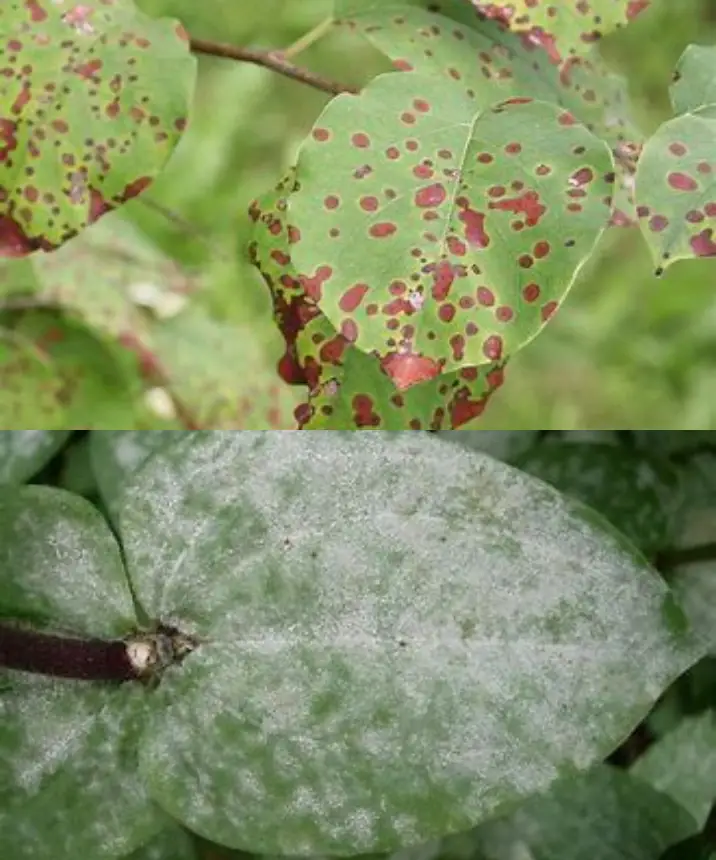Edema, a physiological disorder affecting plants, can be concerning for gardeners. Here’s a guide to help you comprehend and address edema disease in your plants.
Understanding Edema:
Edema occurs when plant cells absorb water faster than they can release it through transpiration. This results in the swelling of cells, creating blisters or lesions on leaves, stems, or fruits. Several factors contribute to edema, including:
- Overwatering: Excessive soil moisture can lead to water absorption by plant cells.
- High Humidity: Humid conditions can slow down transpiration, contributing to water retention.
- Root Damage: Issues like root rot or poor root function can disrupt water balance.
- Sudden Environmental Changes: Rapid shifts in temperature or humidity can trigger edema.
Identifying Edema:
Look for these signs to identify edema in plants:
- Blisters or Lesions: Raised, corky blisters on the undersides of leaves or stems.
- Abnormal Growth: Swollen or distorted plant parts.
- Leaf Discoloration: Yellowing or browning may occur around affected areas.
Treating Edema:
- Adjust Watering Practices:
- Allow the soil to dry slightly between watering to prevent waterlogged conditions.
- Use well-draining soil to promote proper moisture levels.
- Control Humidity:
- Increase ventilation around plants to reduce humidity.
- Ensure proper spacing between plants for air circulation.
- Protect Roots:
- Avoid root damage by using proper planting techniques.
- Regularly inspect and address issues like root rot.
- Gradual Environmental Changes:
- Acclimate plants to changes in temperature or humidity gradually.
- Remove Affected Parts:
- Prune or remove severely affected plant parts to prevent the spread of the disease.
- Apply Fungicides (if necessary):
- In cases where fungal issues contribute to edema, consider applying fungicides.
Preventing Edema:
- Proper Watering:
- Water plants early in the day to allow excess moisture to evaporate.
- Use a drip irrigation system to provide consistent moisture.
- Monitor Humidity:
- Use dehumidifiers indoors, especially in areas with poor ventilation.
- Regular Inspections:
- Check plants regularly for signs of stress or disease.
- Address issues promptly to prevent edema development.
By understanding, identifying, and implementing preventive measures, you can effectively manage and mitigate the impact of edema on your plants.
